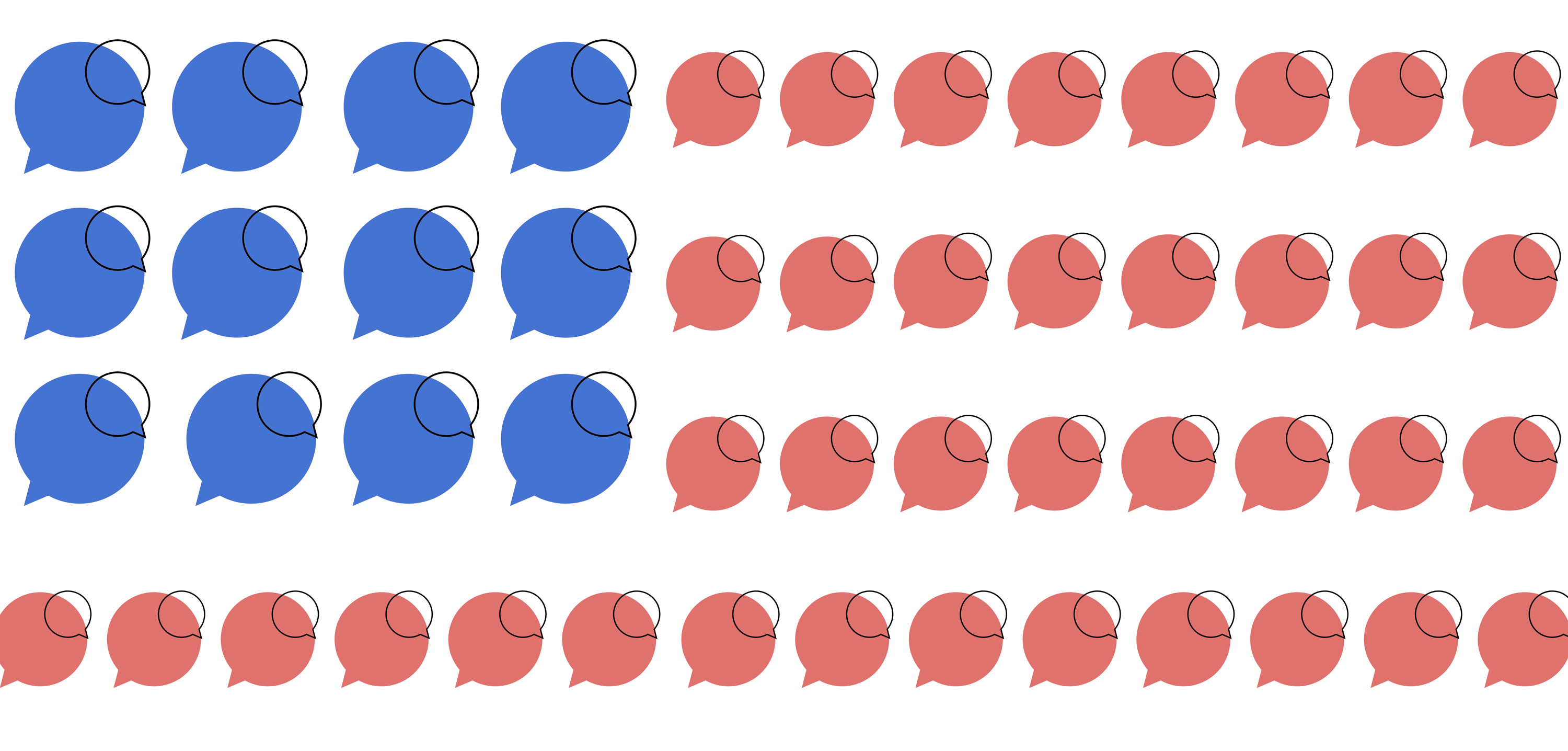Featured
Want to amplify your organization’s productivity? Remember these three words.

Want to improve productivity? Start measuring things.
As a large-company executive, your remit is to solve complex problems that span the business while giving your department heads a shared roadmap.
As such, three words matter more now than they have in some time:
Measure. Review. Incentivize.
With swaths of employees returning to the office, there’s a real opportunity for managers to activate “all-in” strategies for teams to contribute to company growth. Going all-in requires a set of shared truths about what’s working and what’s not and making sure everyone is motivated.
According to a leading academic and business consultant, the best advice to leaders this fall is to find those truths with measurement and review.
Nicholas Bloom, PhD, is a professor of economics at Stanford University and an Asana academic partner. He recently spoke with us to contextualize new research from Asana’s Anatomy of Work Special Report on enterprise businesses (those with 1,000 or more employees) and their leaders.
Bloom emphasizes the importance of data measurement and review for leaders of large organizations who want to enhance productivity.
“Without data, you can’t do anything. I’ve been involved in a lot of management turnaround projects, and one of the first things we do is just measure things,” Bloom tells Asana. “Once you measure and provide that data to people, they tend to look at it and spot weaknesses in the business,” Bloom adds.
Asana’s new research reveals one such weakness: Employees at large companies feel their organization could be stronger if it reduced the number of meeting-hours per week.
“It becomes very obvious very fast that there’s an enormous waste of time occurring when too many employees are in too many meetings,” Bloom says.

The new data in this Special Report—culled from Asana’s annual Anatomy of Work Global Index, which surveyed more than 10,000 knowledge workers worldwide—reveals that people working at medium or large companies spend more than four hours a week in unnecessary meetings. That figure is nearly twice as much time as people who work at small companies—2.6 hours a week.
Bloom explains the solution is in measurement, which can create clarity for decision-makers. “Have a discussion about the data,” Bloom says. “I think data is critical, but so is your review of data. And, you need incentives to make sure that those changes occur.”
Incentives—be they bonuses or overall company success—push employees to measure more processes and review them, looking for opportunities to enhance productivity across the company. (This measure-review-incentivize formula applies to all sorts of processes, not just meetings.)
However, Bloom notes that emotional incentives often keep managers filling meetings with more people than need to be there, which in turn slows the pace.
“I’m not surprised there’s a lot of time lost in meetings,” he says of the data reported by Asana. “Often, managers invite more people to meetings than necessary because they don’t want to be accused of being non-inclusive.”
Employees, then, feel compelled to attend because they don’t want to send a negative signal to their manager. The truth is that employees are more incentivized to be productive than attend meetings.
In many cases, they would be happy to just receive a summary email about the meeting with key takeaways, Bloom says.
The new report notes that there is a huge opportunity for leaders whose teams are losing time because of too many meetings or slow processes.
This finding pulled from the full Asana enterprise report puts it clearly:
Employees at enterprise companies reported that they could save 5.5 hours per week on improved processes, with small companies reporting only 4 hours a week saved. Improved processes can be an amplifier for employee productivity, removing barriers that can impact everything from individual efficiency to organizational revenue. There is simply more time to get work done.So, how does a large company identify those slowdowns to shave off five or six hours a week per employee? You might’ve guessed by now, but Bloom says it begins with measurement:
“If you have data on the activities that everyone is doing, and you have people sitting down together to look at the data, they’re going to pretty rapidly point out, ‘Look, I spent 17 hours in meetings, I just did not need to be there.’
“Because without data, it’s hard to identify and fix broken processes.”
More thought leadership from Asana:
- The future of work depends on our “digital” body language
- Want to survive a pandemic pivot? How one company pulled off a dramatic reinvention.
- Want to do more with less? Try some humility.
Asana resources:
- Work management: A buyer’s guide
- Enterprise project management: What is it?
- 4 perspectives on enterprise work management
Read this article in French, German, Portuguese, Spanish, or Japanese.

